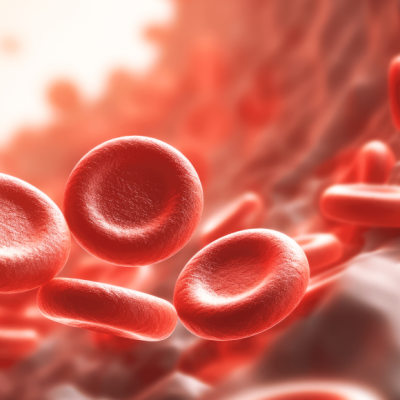New research from the University of Illinois Chicago (UIC) has revealed that certain “zombie genes” in the brain become more active after death. This discovery could have significant implications for brain research and the treatment of diseases such as schizophrenia, autism, and Alzheimer’s. Previous studies have assumed that all brain functions cease when the heart stops beating, but the UIC study shows that this is not the case. The team analyzed fresh brain tissue taken from routine operations and found that the activity of individual brain cells increases significantly after death. This means that the activity in the human brain ends much later than previously thought.
The researchers simulated death by analyzing the gene expression of human tissue samples at different time points after removal. They found that the activity of certain “zombie genes” in glial cells increases after death, leading to the growth of cells with arm-like projections. While the discovery of high activity in glial cells is not surprising, it has significant implications for brain research. Many studies use brain tissue to investigate treatment options for diseases such as autism, schizophrenia, and Alzheimer’s, but they do not take into account possible changes in the brain after death. The UIC study shows how gene and cell types behave after death, with around 80% of genes showing stable activity up to 24 hours after death.
The researchers emphasize that their results do not mean that programs investigating human tissue should be abandoned. Instead, they suggest that researchers should take these genetic and cellular changes into account and try to minimize the post-mortem interval as much as possible. This will help to reduce the extent of these changes and improve the understanding of post-mortem brain studies. The discovery of “zombie genes” in the brain after death is a significant breakthrough that could lead to new treatments for a range of diseases.










